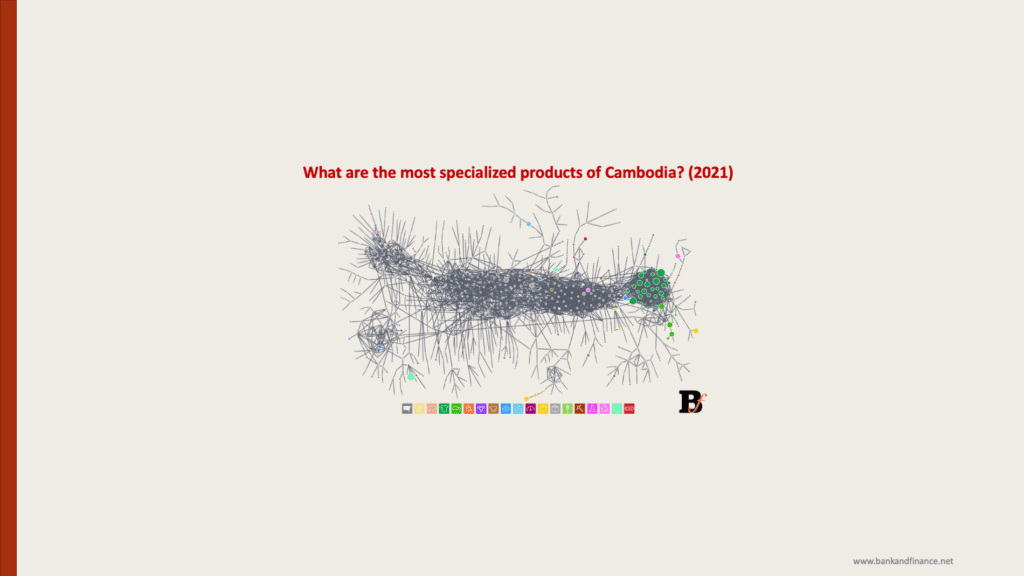In our continuing series of presentations on “New Sources of Economic Growth,” we are thrilled to introduce the theme for the fourth week: “Economic Complexity.”
Throughout the workshop, we have delved into a diverse array of topics that are crucial for comprehending and fostering economic growth. These encompass:
I. Fundamentals of Economic Growth
II. Strategy and Strategic Foresight
III. Management Strategy and Organization
Given the need of increasing marginal productivity and appropriability, we analyzed Economic Complexity. The presentation relies heavily on research developed by César Hidalgo and Ricardo Hausmann.
Questions answered during the Workshop included:
1. What do we mean by Economic Complexity?
Economic complexity is expressed in the composition of a country’s productive output and reflects the structures that emerge to hold and combine knowledge.
2. How do we measure Economic Complexity?
We explained how to go from what a country makes to what a country knows.
3. Why is Economic Complexity important?
Economic complexity reflects the amount of knowledge that is embedded in the productive structure of an economy, and it is highly positively correlated with GDP per capita.
4. How is Complexity different from other approaches?
We showed that, as far as future economic growth is concerned, the Economic Complexity Index captures significantly more growth-relevant information than:
i) the six World Bank Worldwide Governance Indicators (WGIs), either individually or combined;
ii) years of schooling, cognitive abilities, secondary enrollment, and tertiary enrollment, either individually or combined;
iii) the World Economic Forum’s Global Competitiveness Index (GCI), which averages over 150 measures of elements that are considered important for competitiveness.
5. How does Economic Complexity evolve?
We explain how societies increase the amount of productive knowledge embedded in them. We explained that the complexity of a country’s economy reflects the amount of productive knowledge it contains. This knowledge is costly to acquire and transfer and is modularized into chunks we call capabilities. New capabilities will be more easily accumulated if they can be combined with others that already exist. We explained that the probability that a pair of products is co-exported carries information about how similar these products are. We used this idea to measure the proximity between all pairs of products in the UNCTAD dataset.
We explained that the collection of all proximities is a network connecting pairs of products that are significantly likely to be co-exported by many countries. We referred to this network as the product space and use it to study the productive structure of countries. The structure of the product space affects the ability of countries to move into new products. Products that are tightly connected share most of the requisite capabilities. If this is the case, then countries that already have what it takes to make one product will find it relatively easy to move to the next ones. A highly connected product space, therefore, makes the problem of growing the complexity of an economy easier. Conversely, a sparsely connected product space makes it harder.
6. How to use the Atlas/Observatory of Economic Complexity?
During the Workshop we analyzed the Economic Complexity of Cambodia. We looked at the export basket, the export complexity, the exports growth dynamics, the growth in global market share, Cambodia’s export growth in the past five years, diversification into new products, the best approach to diversification for potential growth opportunities, the sectors with high potential for diversification, and 50 recommended products describing their “nearby” distance, the opportunity gain, the product complexity, the global market size, and the products’ global 5-year growth.
These tasks would allow participants to effectively use the Atlas of Economic Complexity and the Observatory of Economic Complexity to carry out efforts to promote economic growth more effectively.

